Gary Zukav: "The Dancing Wu Li Masters"The Quantum Mechanics and the Theories of Relativity are complicated matters to make oneself familiar with. But itis not impossible. It is a bit of a challenge, that is so. But in this book the modern physics is explained in a way that most of us will be able to understand (at least nearly). Besides that it is both thrilling and entertaining, and not least, it opens new and literally fantastic perspectives on the relationship between mankind and the universe. Until the end of the nineteenth century the Newtonian physics ruled. It is about the laws governing how objects move, and made it possible to calculate the exact times for sunrise and sunset, full moon and solar eclipses etc. With the Newtonian physics one could predict certain events rather precisely. This also implied that the universe was governed by these laws, whether we were observing it or not. Meaning there exists an objective reality out there, independent on us. But "the objective reality" does not exist.But on the atomic level the scientists have experienced that the Newtonian physics no longer is valid. One can do certain experiments that prove beyond all doubt that light is a wave phenomena, and other experiments that no less clearly proves that light consists of small particles. What light is, depends on what type of experiment you do to find it out. Similar experiences have been made with electrons and other subatomic particles. On the atomic level there is no such thing as an objective reality. The concept of "Quantum mechanics" was launched by Max Planck in 1900. Briefly one can say that it means something like "Movements of small parcels of energy", and is about the laws for how atoms receive and send out energy. It was when trying to explore this one found out that the Newtonian physics no longer seemed to work. It was discovered that it was impossible to conduct experiments with such phenomena avoiding that the experimentation in itself changed the object of the experimentation. Albert Einstein launched his Special theory of Relativity in 1905 and the General one in 1915. These are about the very close connection between materia and energy. On the atomic level these interchange continuously in something you could call "a dance of the energies" (which is one of the interpretations of the chinese concept "Wu Li"). That these theories later made it possible to invent ways to utilise nuclear power and build atom bombs is not a topic for this book. Instead it is about of a lot of other questions this scientific work rises. Einstein's Watch.Einstein has compared the nuclear research with trying to understand how a clock works, if you are not able to open it and see what it looks like on the inside. If you are smart enough, you can come up with some rather good theories that correspond with what you can see (that the hands of the watch move in constant speeds). But absolutely sure you can not be as long as you are unable to open the watch to see if your theory is comfirmed. Similiarily; the image we have of the atom consisting of a nucleus with some electrons orbitting around it is just a theory. But it is a theory that corresponds with an increasing amount of experiments that have been conducted. The Universe is almost entirely empty.Everybody knows that atoms are very small. But how small they are is beyond the imagination of most of us: If we imagine a golf ball magnified to the size of the earth, the atoms of such a golf ball would be at the size of grapes.But if you believe that the nucleus of an atom at the size of a grape would be at the size of a grape stone (which would have been reasonable) you are far away from the thruth. You have to imagine an atom at the size of the dome of St Peters Basilica in Rome. Then the nucleus would be like a salt grain in the center of the dome, and the electrons like dust particles revolving around it on the inside of the dome (!). So the "materia" of the atom is a disappearing small part of it, the impact of it consists of void. When we still are unable to walk through walls and experience stones as "hard", it is because of the enormous energy that keeps the nucleus and its electrons together. Materia consists mainly of energy. Schrödinger's cat.In the Newtonian physics one could predict events. In Quantum mechanics one can not. One can only predict the probability that something will happen, and that probability is never 100%. (This is a very short version ofwhat is called "Heisenbergs Uncertainity Principle"). It is not only that in Quantum mechanics you cannot do any experiment that does not imply that the experiment in itself has an impact upon what is going to happen. One can also say that before you make an experiment to find out something about a particle, you do not really know if that particle actually exists. It exists only as a potential possibility that may materialize when the experiment is conducted.These insecurities have been tried illustrated with the story about Schrödinger's cat". The poor cat is put into a container that has a device that either releases a poisonous gas in the container instantly killing the cat, or it does not release such a gas. We do not know which of the options that actually happens. According to common sense and Newtonian physics the cat is dead, or it is not. According to Quantum mechanics it is only potential dead or potential alive, until we open the container and look, first then one of the possibilities will materialize. "The Many Worlds Intepretation."But there is also a school in the Quantum mechanics that opens for a third possibilty: In the moment the cat has been locked up in the container, the universe is split in two, in one of these universes the cat is killed, in the other it survives. This is what is called "The Many Worlds Intepretation of Quantum mechanics". For common sense this of course sounds quite crazy, but it is anyway a possibility serious physicists have suggested to come around the problem that we do not know whether a particle exists or not before we conduct an experiment with it, or, put another way, that we do not know whether the cat is dead or alive before we open the container to see. In the same way one can ask whether the laws of Mathematics are something the humans have "discovered" or if they are something we have "made up", one can ask whether the universe is something we are exploring, or if it something we are creating. These were some of the questions this book is about. My point is that the most important aspect of Quantum mechanics and the Theories of Relativitity is not the nuclear power and the atom bombs, but the consequenses they will have for how we can understand the world around us, or what can be called the philosophical and aknowledgement. It has passed more than a hundred years since Einstein an Planck launched their theories, but so far we have hardly started to realize what this can mean. One who has tried is Robert M Pirsig with his cult novel "Zen and the Art of Motorcycle Maintenance" and the sequel "Lila". These are books I recommend to be read as sequels to Zukav's book. | 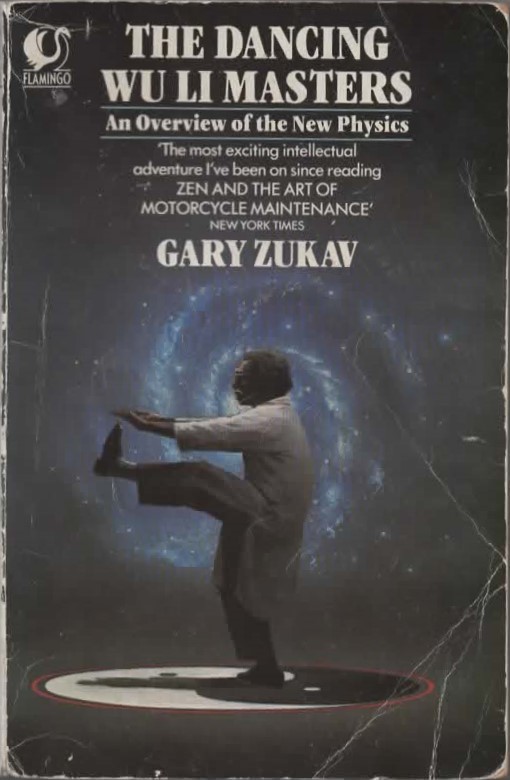 The book was published in 1979, more than fifty years after Planck and Einstein launched their theories. Today nearly fifty more years have passed. Even if very much has happened on the scientific front in those years, this book still has a position as one of the best introductions to these issues that have been written. It is also still on sale.  Albert Einstein figuring out how the clock works. But what does "Wu Li" mean ?"Wu Li" is the western transcription of five different chinese concepts or characters, that Zukav learned about when he started working with the book. Each of these five concepts parallels different aspects of what the Quantum mechanics is about, and Zukav uses them as symbols for his main chapters. Push the triangle to see these characters. The first of the six figures beneath refers to the introduction chapter and comes in additionto the other five. The Caligraphies have been made by Al Chung-liang Huang and are borrowed from the book..
Schrödingers katt.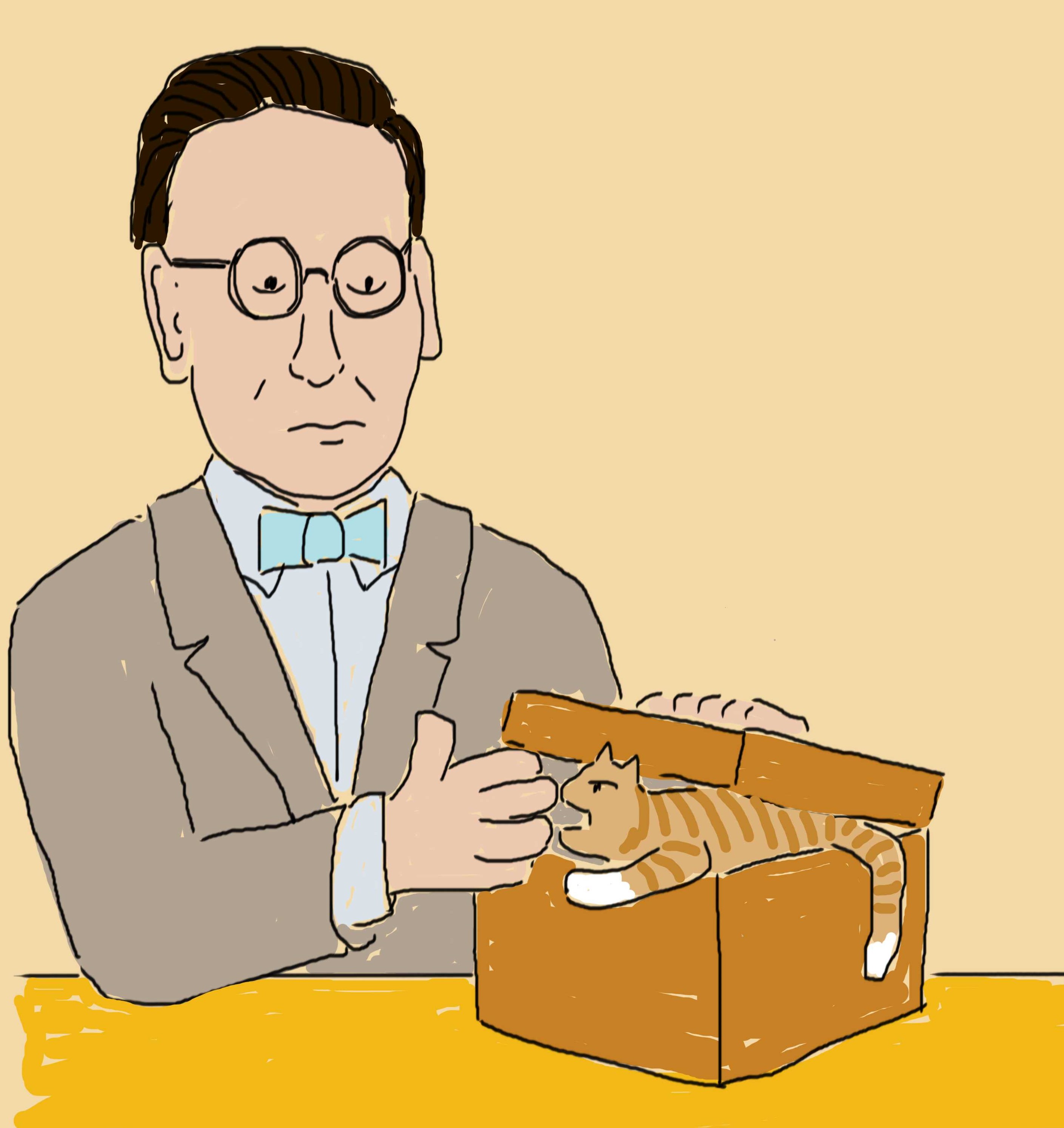 Erwin Schrödinger working with putting the cat into the container. |

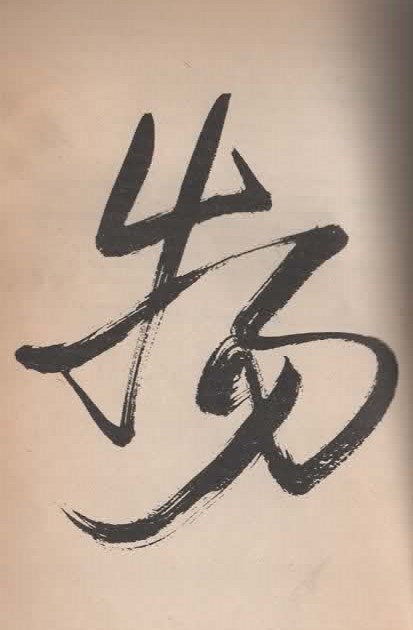 "Organic Energy"
"Organic Energy"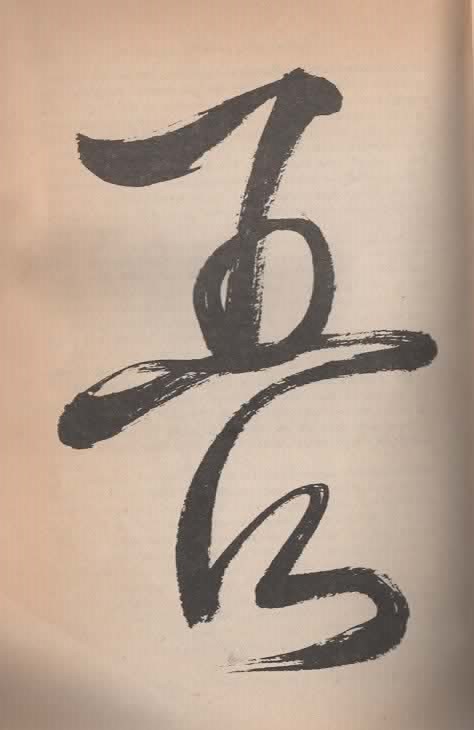 "My Way"
"My Way"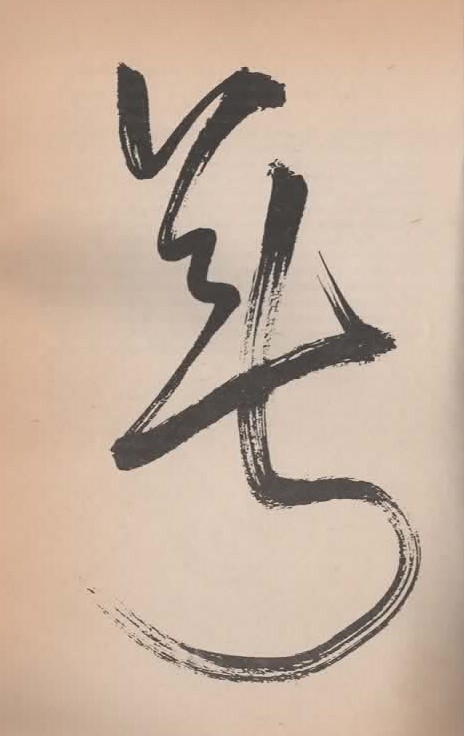 "Nonsense"
"Nonsense"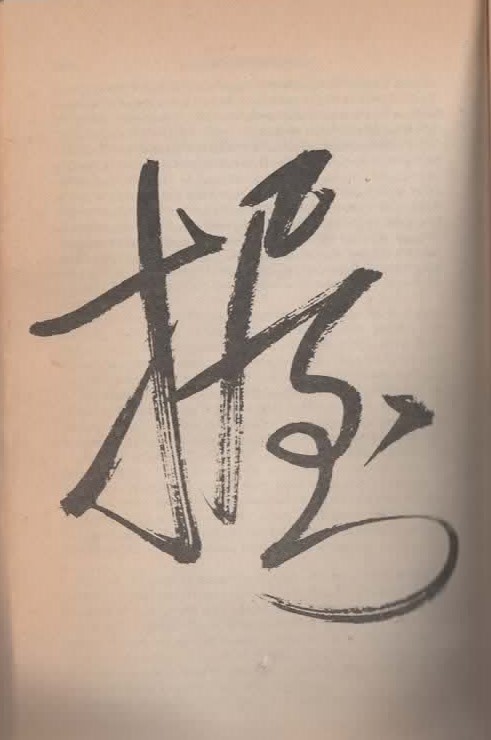 "I clutch My Ideas"
"I clutch My Ideas"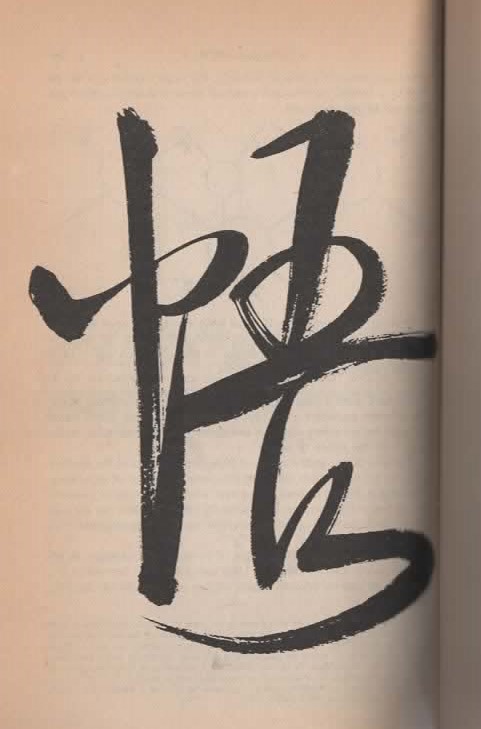 "Enlightenment"
"Enlightenment"